Issue #39: Sequel by Romain Lefebvre
Today, we're looking at Sequel by Romain Lefebvre.
Sequel is an elegant iOS app that helps you keep track of the movies, shows, games, books, and audiobooks you want to check out - all in one place.
Whether it’s the TV show your friend raved about, a new book from your favorite author or an upcoming video game, Sequel is your go-to media wishlist. It reminds you of new releases, keeps track of your progress, and much more.
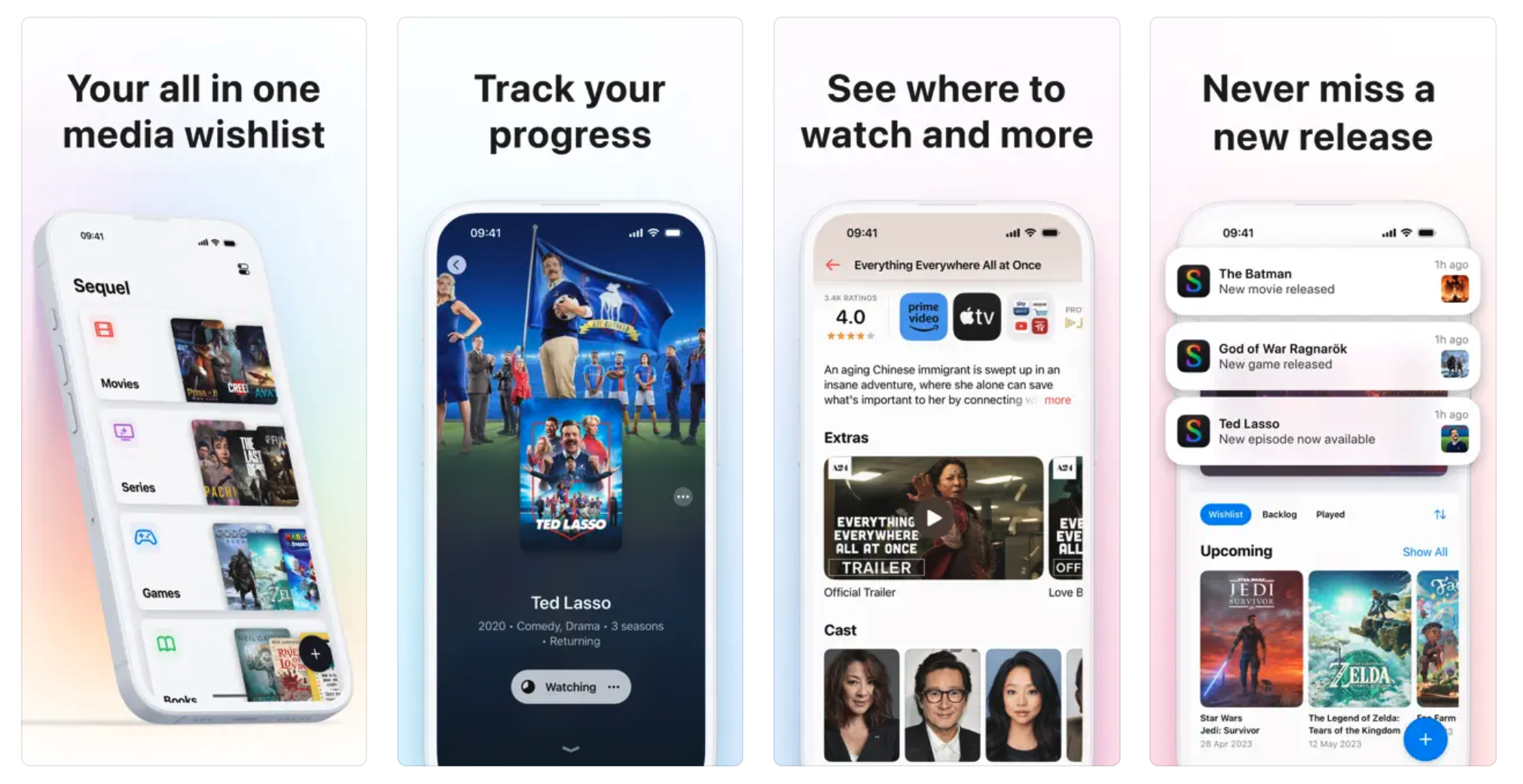
With its unified search feature, Sequel makes organization a breeze. Adding items to your wishlist is easy, and you can effortlessly keep track of your progress by marking off episodes after viewing them, ensuring that you never lose your place.
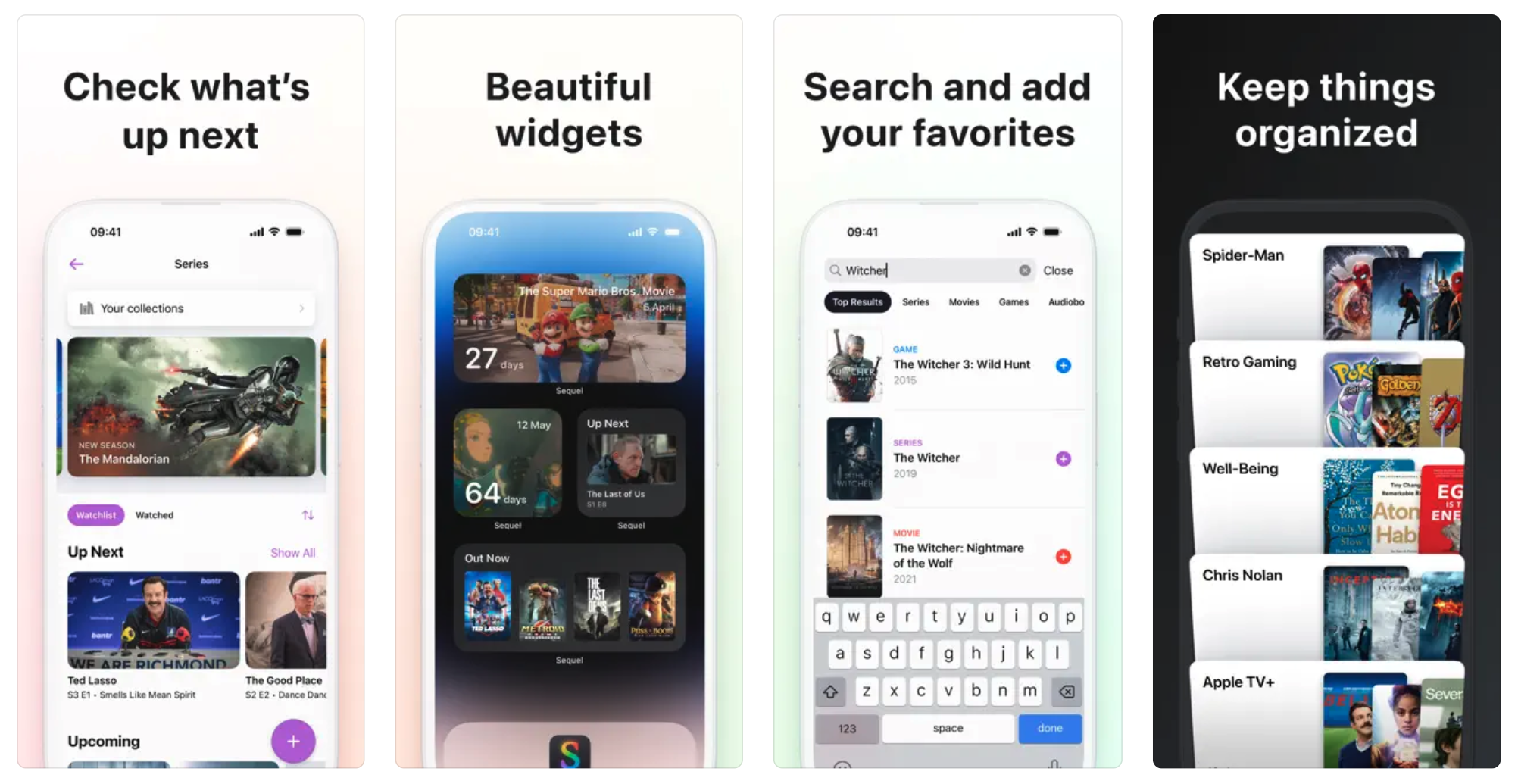
Start tracking items in Sequel and it will automatically organize them for you with handy highlights of just-released titles, upcoming releases, and more.
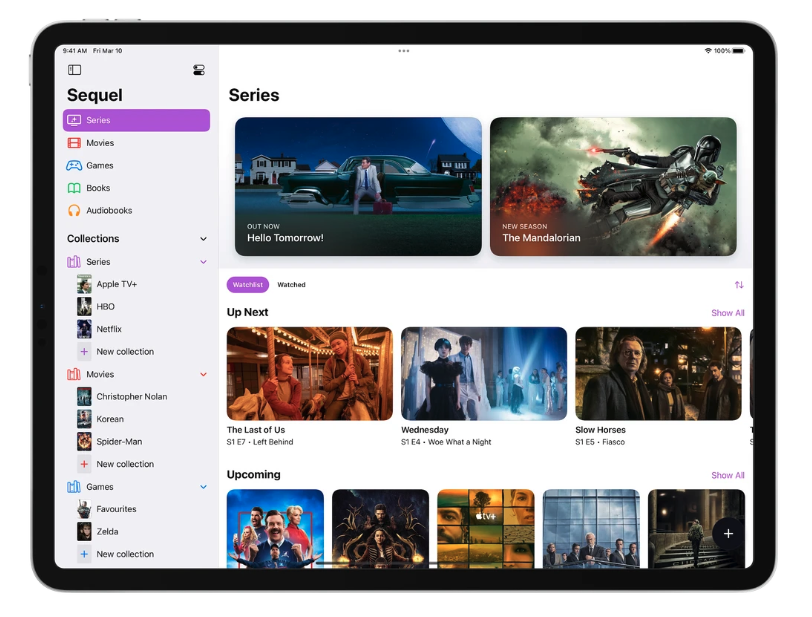
While Sequel's core experience is entirely free, Sequel+ is an optional subscription that unlocks some of the app's more advanced features including "Where to Watch (discover where to watch movies and series at a glance) and "Release Reminders".
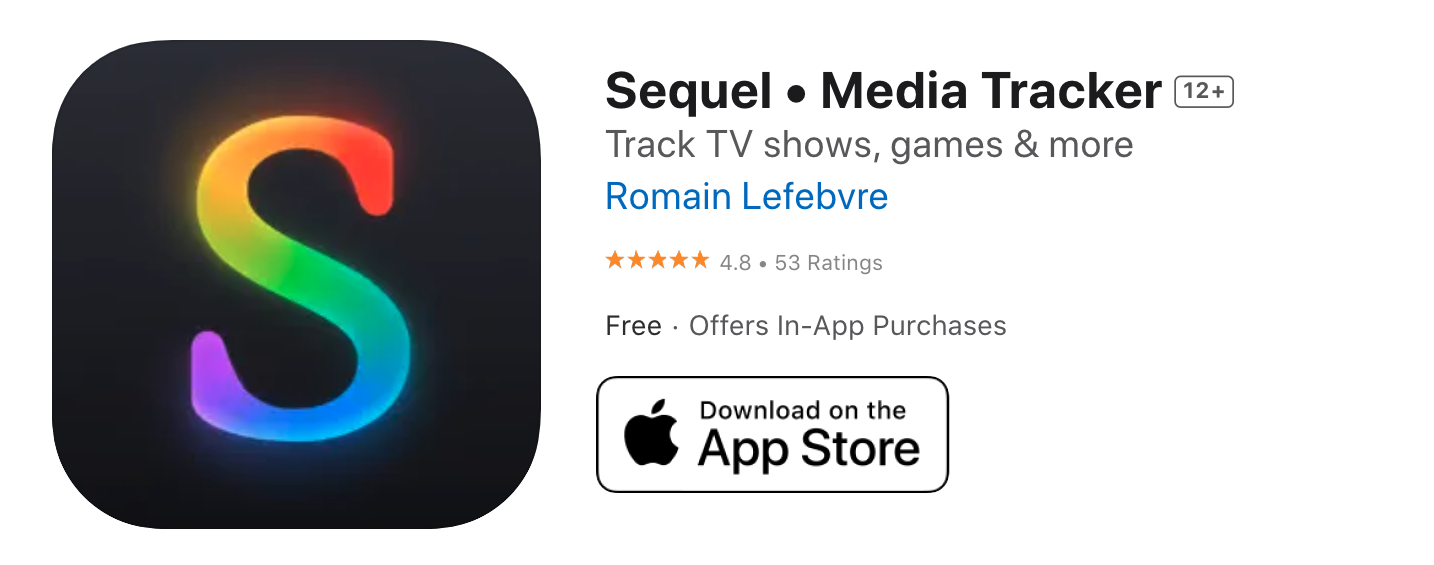

If you liked Sequel, be sure to support their recent launch on ProductHunt!

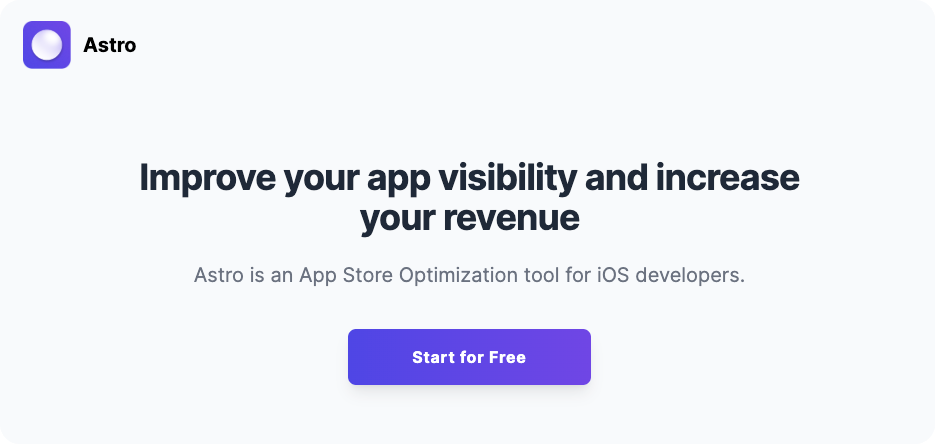
Can you tell us a little bit about yourselves?

I’m Romain, but usually go by Roman as it’s how you’d translate my name from French. I’m 31 and moved to London nearly 10 years ago.
I’ve been a product designer for nearly a decade as well but my formal background is actually in software engineering. I still like to exercise my coding muscles with my own projects - Sequel being my biggest so far.
How did you come up with the idea?
Around 2013, I started prototyping a simple movie tracker because I always struggled to keep track of the films I wanted to watch. That problem got even worse with the rise of streaming services. Life got in the way though, so I shelved the idea for a while.
In 2021, I noticed other problems. I’d lose track of the games I had purchased (I like a good game sale…). At the same time, I was buying lots of books and audiobooks thanks to my employer’s learning budget.
I tried using multiple apps that all specialised in a different media type. They were great apps but because they worked quite differently from one another, I found it difficult to create a system that stuck with me. That’s when I realised I could build a media tracking app that went beyond just movies and provide a consistent experience that included series, games, books and audiobooks as well.
💡 Want to see your app featured?
Submit your app or reach out on Twitter 🐦
How did you market the app as an indie developer?
I ran a beta program, built a website to highlight Sequel’s key features, and made a Press Kit. I reached out to the press weeks ahead of launch and was lucky enough to get some coverage.
When I launched the very first version of Sequel, I had absolutely no social media presence though. I quickly realised this needed to change so I pushed myself to “get out there” and joined Mastodon and a few other communities. Come Sequel 2’s launch, I had a modest but bigger audience and definitely got more traction.
What’s your app design and development workflow like?
First, I meticulously track all the feedback I get. I initially started doing this in Reminders but recently migrated to Notion as the amount of feedback grew. If some feedback doesn’t resonate with me, I’ll ask clarifying questions to better understand the underlying need.
When it’s time to work on something new, I’ll consider my whole backlog of feedback. For any given item I’ll have a few ideas on how to address it. Sometimes, one solution can address different feedback. It’s not always obvious but that’s when I know I’m onto something.
For the design process itself, I always start by ideating with a few sketches. For more complex features/interactions, I’ll spend time doing some exploration and higher fidelity prototypes in Figma. Usually though, I try to do my iteration in code. SwiftUI makes it fairly easy to iterate and get a feel for it with real data and interactions.
As a designer, I want to spend more time in Figma polishing my designs. But being independent, it’s hard to justify doing this when you could make progress on the code itself as you iterate. The above is a balanced approach that works for me so far.
Here’s a few other things I use in my process:
- Benchmark: I look at how others solve similar problems (competitors, Apple, etc.). A good understanding of the problem you’re trying to solve will help identify how these solutions should change to address your users needs.
- Design Principles: I defined a handful of principles for Sequel itself. Good design principles should help you make design decisions and maintain your app’s uniqueness.
- Components: a lot of Sequel’s design can be easily re-used elsewhere. This not only cuts development time but also helps you make design decisions as you’ll be less tempted to reinvent the wheel. Plus, it creates a more consistent experience for your users!
Any advice on monetizing your app and improving conversions?
In general, I would recommend letting your users experience at least some of what your app has to offer - for free. This way, they’ll understand what it can do for them and whether its useful enough to justify paying for it. You can do this with a free tier that gives access to your core features. If some of your features are locked behind a paywall, be sure to communicate how and where customers will use them. Sequel includes contextual upgrade prompts for this reason. Just don’t interrupt your users unless they can’t progress without paying.
In short: be informative, not pushy.
What are the future plans for your app?
I’ve got a lot planned for Sequel but the number one request I get is to support synchronisation with Trakt. The service allows users to track the movies and series they watch and want to watch and offers well documented APIs that third-party developers can use.
Trakt is an obvious next step and I’ll start work on it very soon. But Sequel tracks more than just movies and series so I’ll need to proceed cautiously so that the integration does not hold back Sequel’s potential in the future.
A quick welcome to the ✨ 5 new people ✨ joining us this week - feel free to reply to this email and say 👋.
If you're enjoying the newsletter, please consider sharing it! Have some feedback you want to share? Drop me a message 📧
If you missed last week's issue, you can read it here:
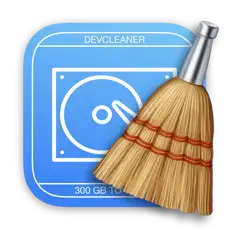
If you have an interview coming up, check out my books Ace the iOS Interview and Practical Tips for Junior iOS Developers!
Check out my blog for more articles on iOS Development & Swift.
Subscribe or follow me on Twitter for updates!
